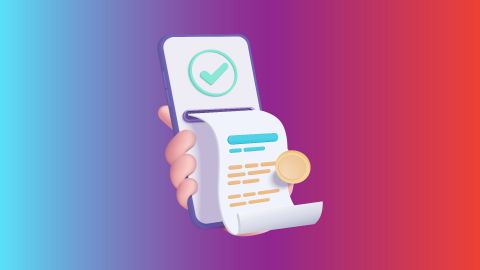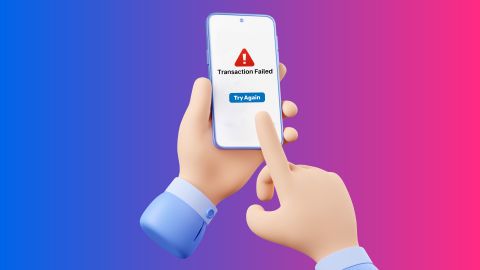Direct Benefit Transfer (DBT) is a government initiative launched in India on January 1, 2013. Its primary goal is to streamline subsidy delivery directly into beneficiaries' bank accounts, primarily those linked to Aadhaar.
This system reduces bureaucratic delays and minimises corruption by ensuring funds reach the intended recipients without intermediaries. DBT covers various sectors, including agriculture, significantly impacting farmers by providing timely financial assistance and subsidies for inputs like fertilisers and machinery.
How DBT benefits farmers in India
- Direct cash transfers: Farmers receive subsidies directly in their bank accounts.
- Timely assistance: Funds are transferred quickly, aiding immediate agricultural needs.
- Reduced corruption: Eliminates middlemen, ensuring transparency.
- Financial inclusion: Encourages farmers to open bank accounts and engage with formal banking.
- Empowerment: Provides farmers with financial independence and security.
- Increased productivity: Access to timely funds improves crop yields.
- Economic growth: Enhanced cash flow boosts local economies.
- Investment in inputs: Farmers can invest in quality seeds and fertilisers.
- Social welfare: Supports rural families in education and healthcare.
- Sustainable practices: Encourages investment in modern farming techniques.
Farmers must meet specific criteria to qualify for DBT schemes. Typically, they need to be landholders with an Aadhaar-linked bank account. The application process involves:
- Registration: Farmers must register on the government portal or through local offices.
- Documentation: Submission of identity proof, land ownership documents, and bank details is required.
- Verification: Authorities verify the submitted information before approving benefits.
- Digital divide: Limited internet access hampers participation in rural areas.
- Awareness issues: Many farmers need to be made aware of available schemes.
- Implementation delays: Technical glitches can delay fund transfers.
- Data accuracy: Incorrect beneficiary data can lead to exclusion.
- Future prospects: Enhancing digital infrastructure can improve outreach and efficiency.
In conclusion, Direct Benefit Transfer has transformed agricultural subsidy distribution in India. It has empowered farmers by providing timely financial support directly into their accounts.
Despite challenges like digital literacy and implementation delays, the future looks promising, with potential improvements in technology and awareness initiatives. DBT can further enhance agricultural productivity and rural development across the nation.




